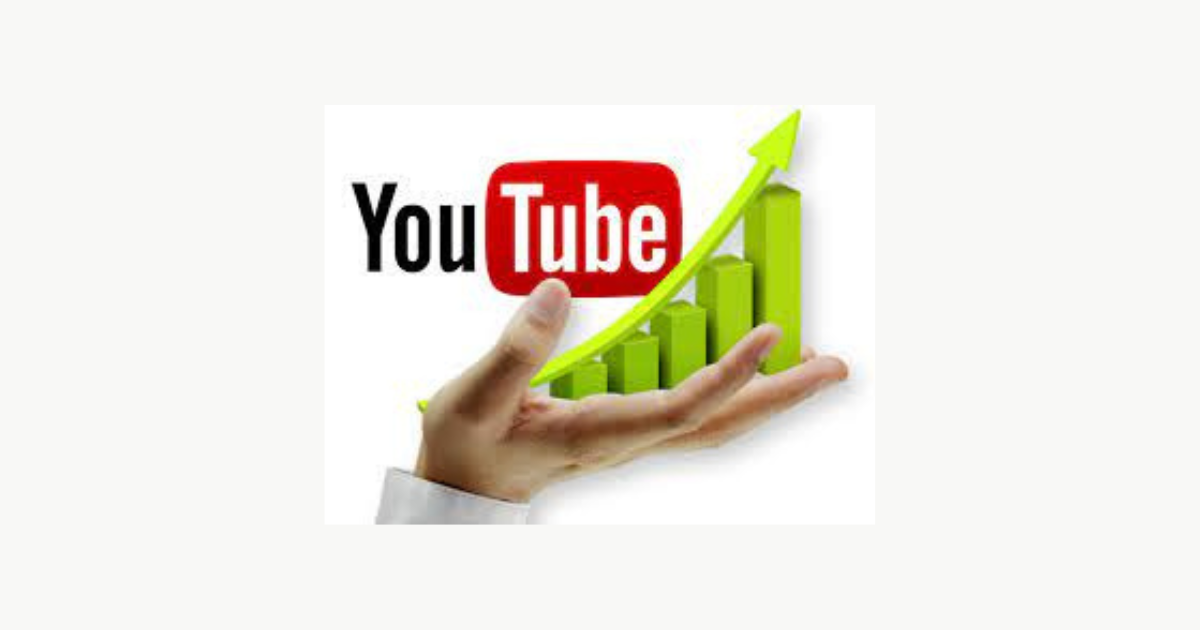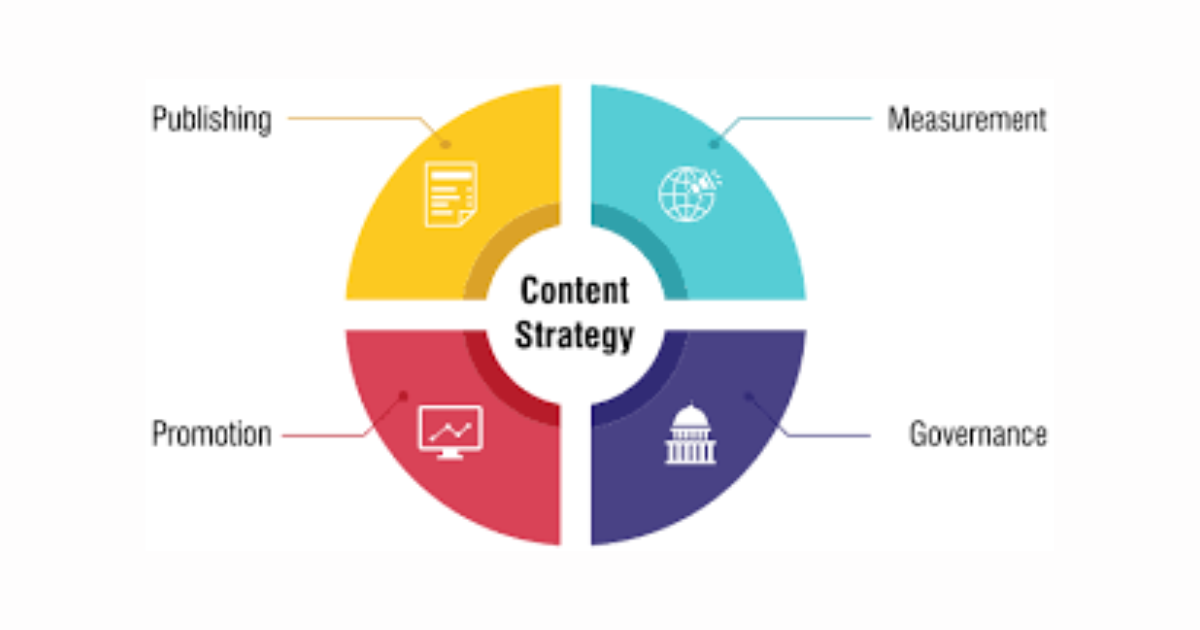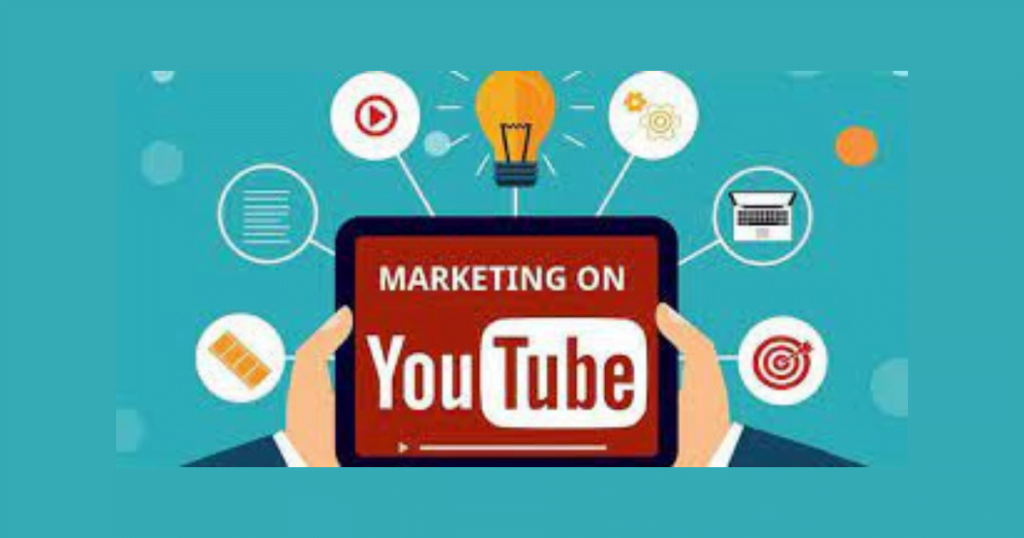Introduction
In the digital age, online video has become an integral part of our lives. YouTube, the world’s largest video-sharing platform, is not just a source of entertainment; it has also emerged as a powerful tool for businesses. With over two billion logged-in monthly users, YouTube presents a vast potential audience for your business. In this comprehensive guide, we will explore everything you need to know about using YouTube for business, from creating a channel to optimizing your content and measuring success.
1. Understanding the Power of YouTube for Business

YouTube’s popularity is undeniable. It ranks as the second most visited website in the world, and it’s often referred to as the second largest search engine after Google (which owns YouTube). With more than 500 hours of content uploaded every minute, it’s not just a platform for viral videos and cat memes; it’s a marketplace where businesses can thrive.
2. Creating Your YouTube Channel
Before diving into content creation, you’ll need to set up your YouTube channel. Here’s a step-by-step guide on how to do it:
Step 1: Sign in or Sign Up
If you don’t already have a Google account, you’ll need one to create a YouTube channel. Sign in to your Google account or create a new one.
Step 2: Create Your Channel
Once you’re signed in, click on the user icon in the top right corner of the YouTube homepage. From the drop-down menu, click on “Your Channel.”
Step 3: Customize Your Channel
Customize your channel by adding a profile picture, channel description, and links to your website and social media profiles. Make sure your channel name and description reflect your business accurately.
Step 4: Verify Your Account
To access certain features like custom thumbnails and live streaming, you’ll need to verify your account. This usually involves receiving a verification code via SMS or a phone call.
3. Developing a Content Strategy

Creating high-quality content is the heart of your YouTube business strategy. Your content should engage, educate, and entertain your target audience. Here are some key tips for developing a content strategy:
Understand Your Audience: Before creating any content, it’s essential to know who your target audience is. What are their interests, pain points, and preferences? Tailor your content to their needs.
Content Types: YouTube supports a wide range of content types, including product demonstrations, tutorials, vlogs, and more. Choose content types that align with your brand and audience.
Frequency: Consistency is key on YouTube. Decide how often you can upload content and stick to a schedule.
Optimize for Search: Just like Google, YouTube uses algorithms to display search results. Research keywords relevant to your industry and include them in your video titles, descriptions, and tags.
Quality Production: Invest in good equipment and editing software. High-quality videos not only look more professional but also keep viewers engaged.
4. Uploading and Optimizing Videos
Once you’ve developed your content, it’s time to upload and optimize your videos. Here’s how to do it effectively:
Video Title: Craft a compelling and descriptive video title. Include your target keyword if possible.
Video Description: Write a detailed video description that includes your target keyword and provides context about the video’s content.
Tags: Use relevant tags that describe your video’s content and theme. This helps YouTube’s algorithm understand your video.
Thumbnail: Design an eye-catching thumbnail that accurately represents the video’s content. A great thumbnail can significantly increase your click-through rate.
Transcripts and Closed Captions: Including transcripts and closed captions can make your content more accessible and improve SEO.
Engage with Your Audience: Respond to comments on your videos to foster a sense of community and encourage viewers to interact.
5. Promoting Your YouTube Channel
Creating great content is only half the battle. You also need to promote your channel to increase visibility. Here are some strategies for promoting your YouTube channel:
Cross-Promotion: Share your videos on your other social media platforms, website, and email newsletter.
Collaborations: Partner with other YouTubers in your niche for collaborations. This can introduce your channel to their audience.
Paid Advertising: Consider using YouTube’s advertising options, such as TrueView ads, to reach a broader audience.
SEO: Optimize your videos for search engines. Use relevant keywords in your titles, descriptions, and tags.
6. Measuring Success
To gauge the success of your YouTube channel for business, you need to track several key performance indicators (KPIs). Here are some of the most important ones:
Views: The total number of views your videos receive.
Watch Time: The total number of minutes people have spent watching your videos.
Subscribers: The number of users who have subscribed to your channel.
Click-Through Rate (CTR): The percentage of viewers who clicked on your video after seeing it.
Engagement: Measured through likes, comments, shares, and click-throughs to your website.
Conversion Rate: The percentage of viewers who took a desired action (e.g., signing up for a newsletter, making a purchase) after watching your video.
Revenue: If you’re monetizing your channel, track your earnings.
Audience Retention: Measure how long viewers stay engaged with your videos.
7. Monetizing Your YouTube Channel
If your channel gains popularity, you can monetize it in several ways:
Ads: Enable ads on your videos to earn revenue through Google AdSense.
Channel Memberships: Offer exclusive content and perks to subscribers who pay a monthly fee.
Merchandise Shelf: Sell your merchandise directly on your channel.
Sponsored Content: Partner with brands for sponsored videos and product placements.
8. Handling Copyright and Community Guidelines
It’s crucial to adhere to YouTube’s copyright and community guidelines. Failure to do so can result in your videos being demonetized or your channel being suspended. Always use original content or obtain the necessary permissions for any copyrighted material you want to use.
9. Staying Updated with YouTube Trends
The world of online video is dynamic, with trends evolving rapidly. To stay competitive and relevant, keep an eye on current YouTube trends and adapt your content strategy accordingly.
10. The Future of YouTube for Business
The future of YouTube for business is bright. As technology evolves, opportunities for engaging and innovative content will continue to emerge. Virtual reality, augmented reality, and interactive videos are just some of the exciting possibilities on the horizon.
Conclusion
In conclusion, YouTube is a potent platform for businesses to reach a vast and engaged audience. By creating high-quality content, optimizing it for search, and promoting your channel effectively, you can harness the power of YouTube to boost your brand’s visibility and grow your business. However, success on YouTube doesn’t happen overnight; it requires dedication, creativity, and a deep understanding of your target audience. As you continue to learn and adapt, you’ll find YouTube to be a valuable asset for your business’s growth and success.
Gaming Gold: Top 10 Must-Play Titles of All Time







